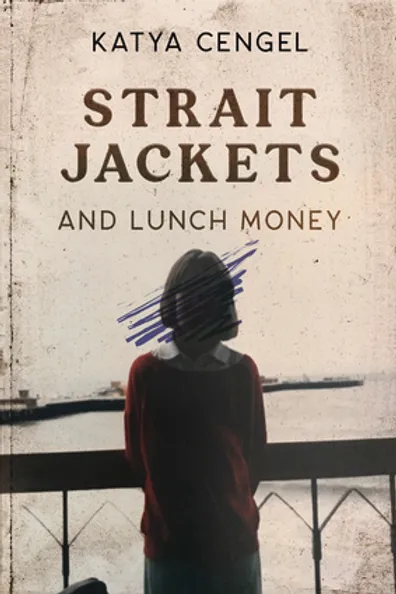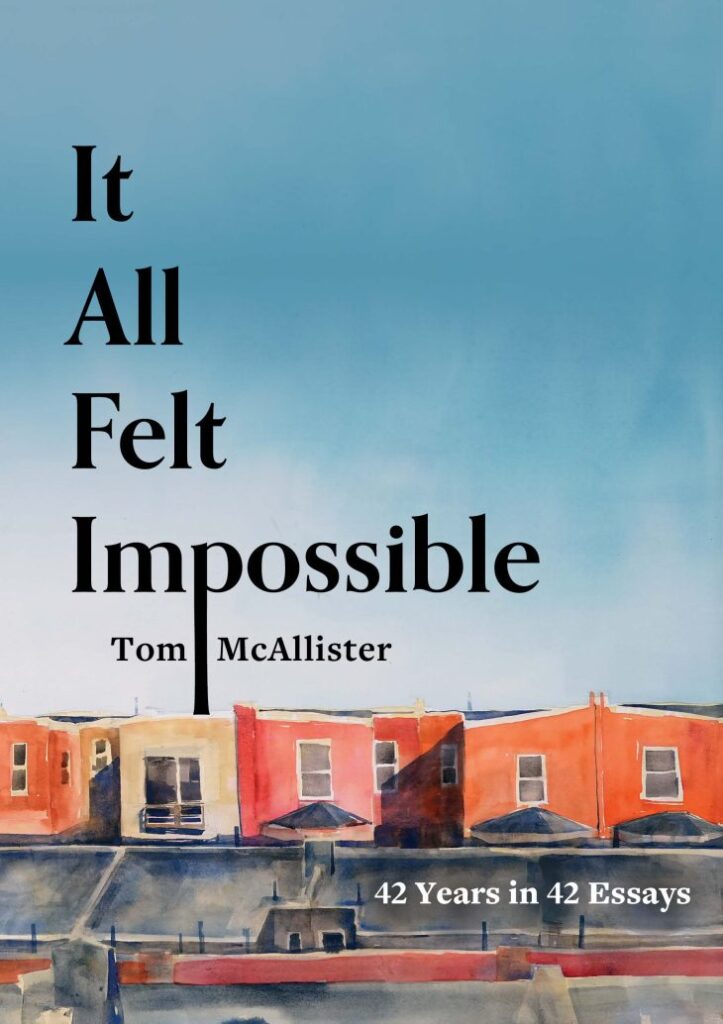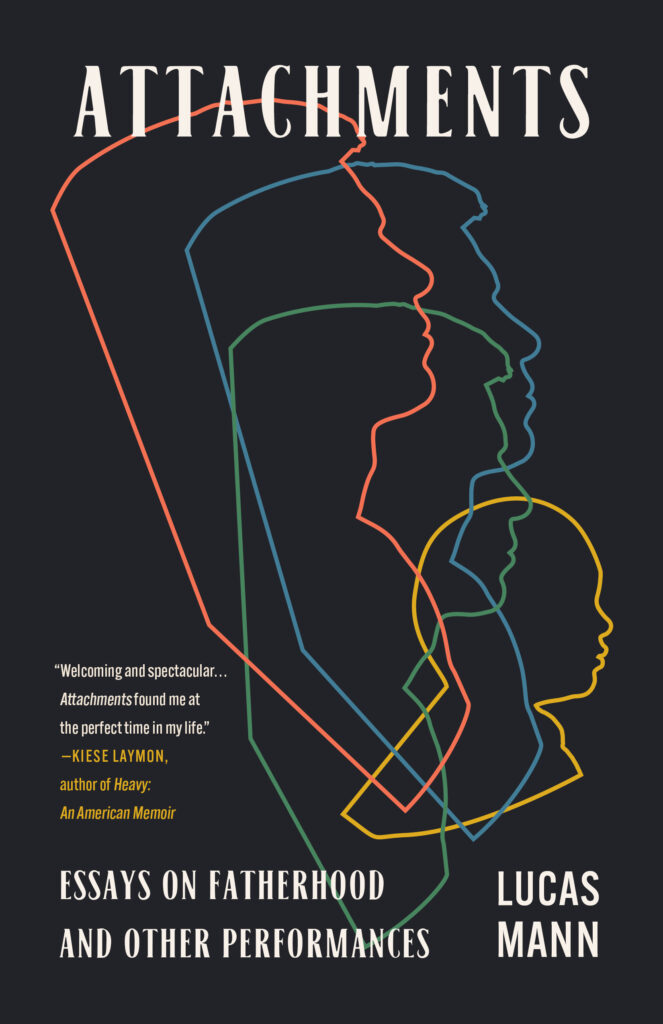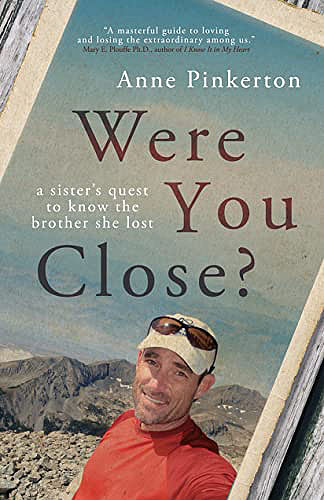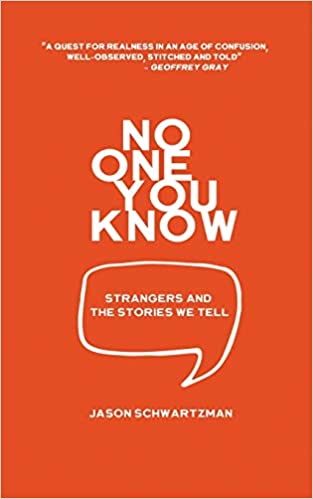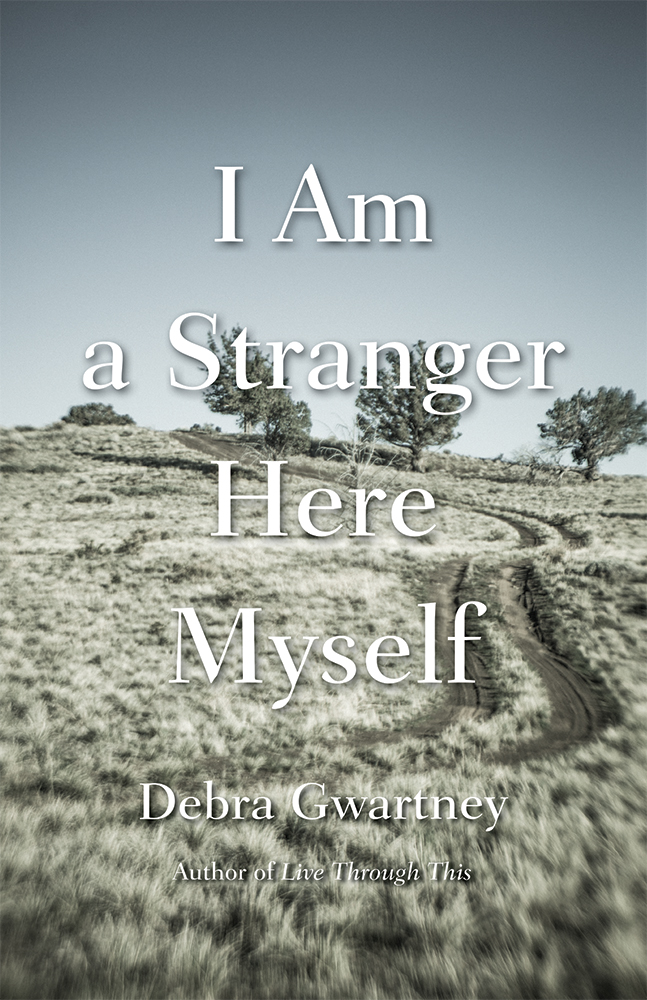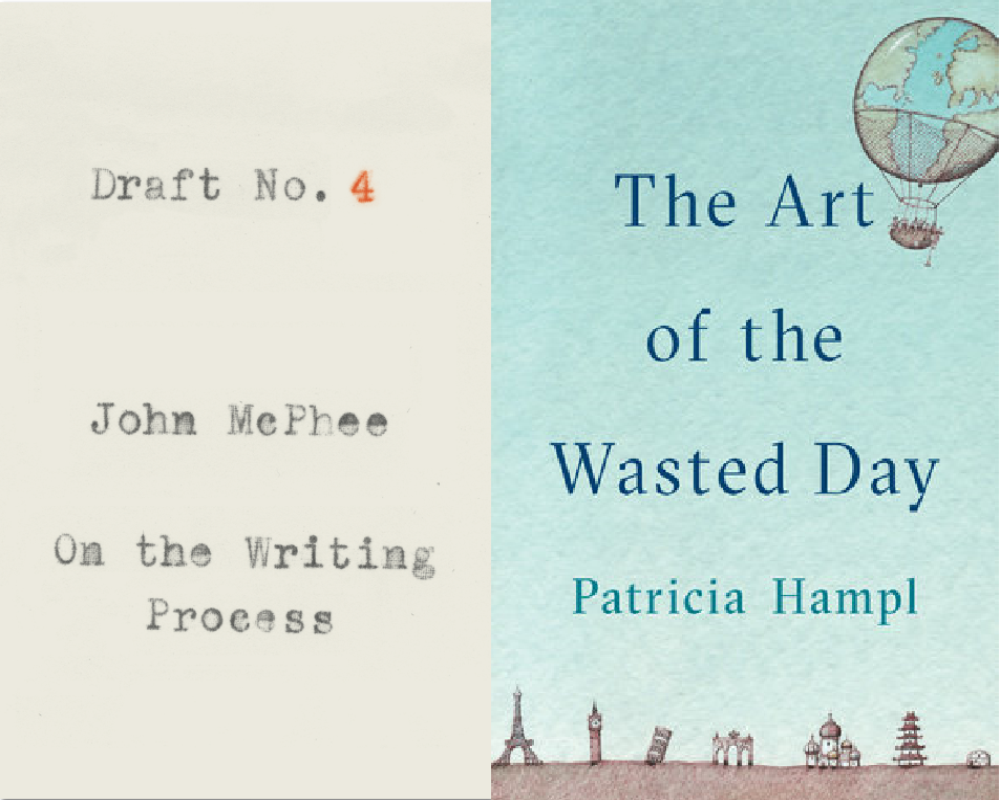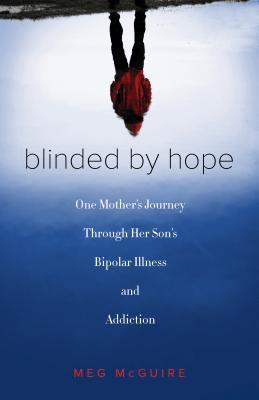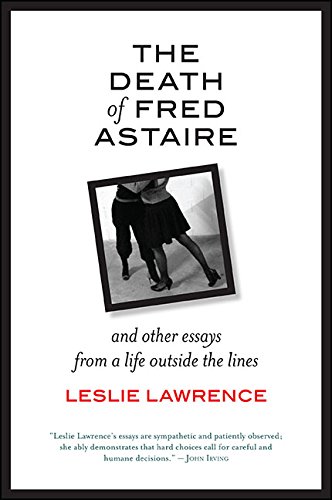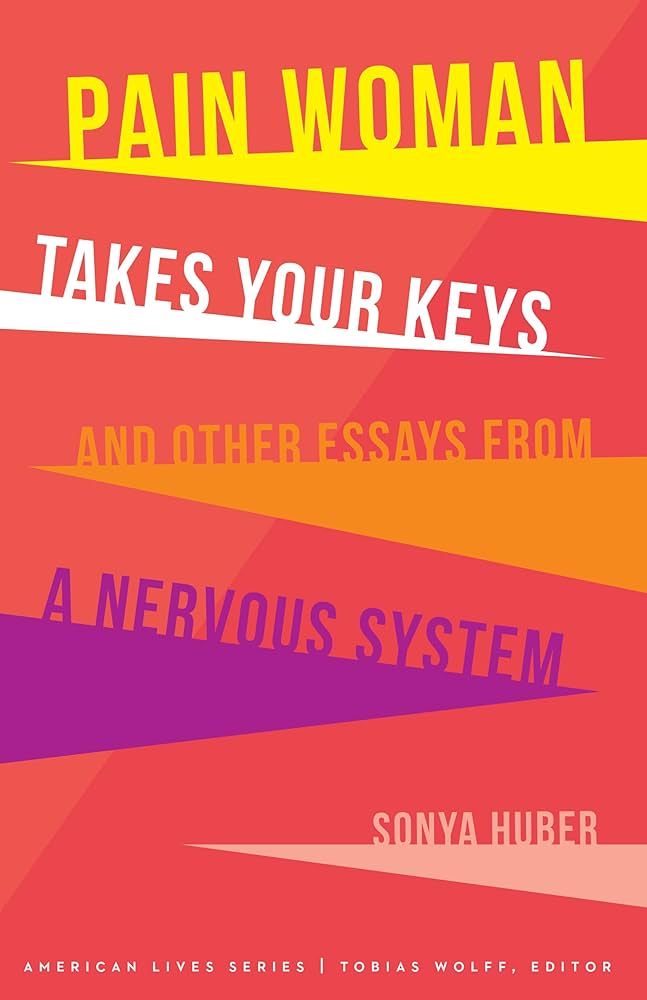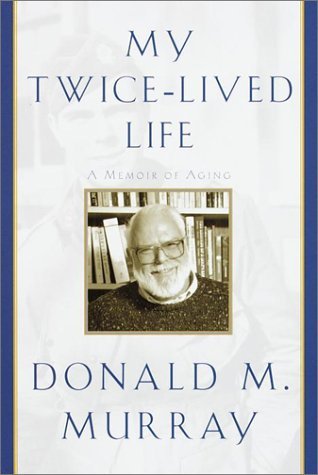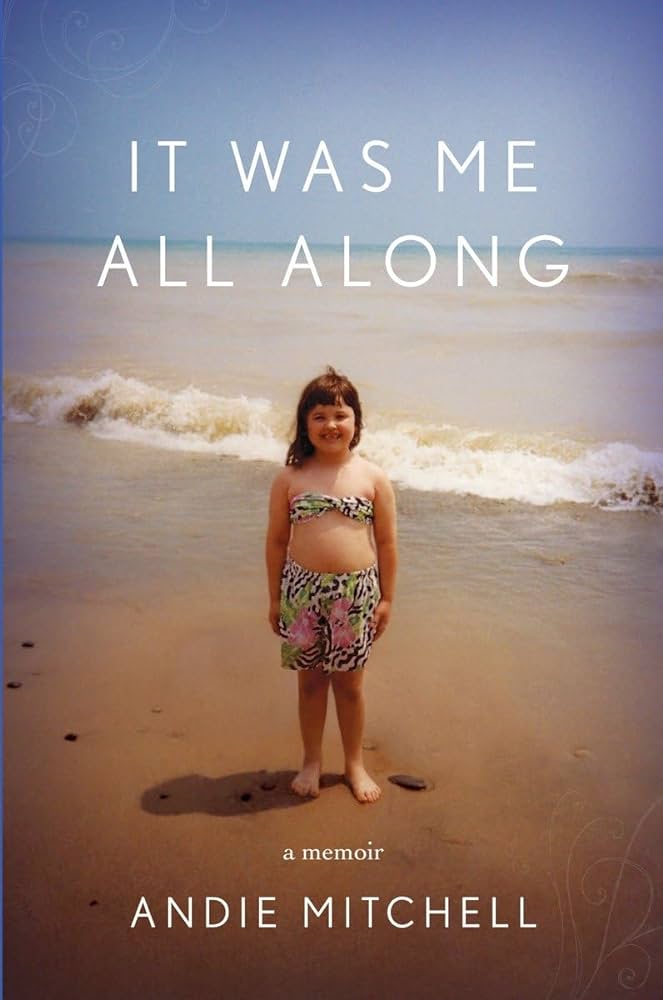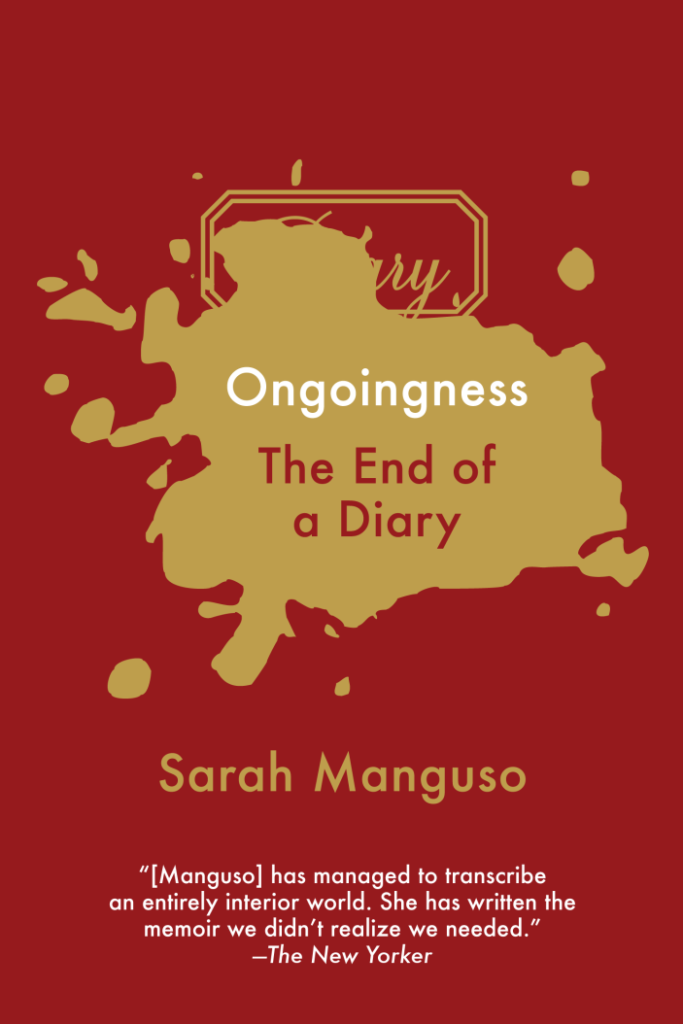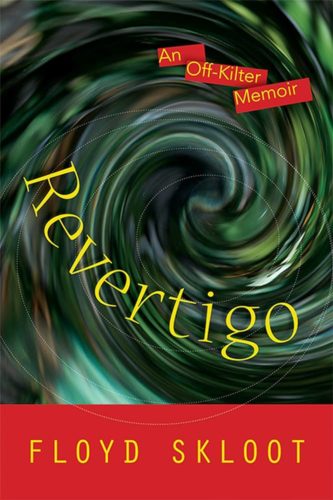By Joyce Thompson
Straitjackets and Lunch Money by Katya Cengel
At ten, Katya Cengel stopped eating lunch so she could give her money—a dollar a day—to her father to help salve his economic woes after her parents divorced. This act of sacrifice, first, a source of pride, brought on an eating disorder that threatened to end as well as change her life. At 56 pounds and shrinking, she was admitted to the Roth Psychosomatic Unit at Stanford’s Children’s Hospital. One of her early comments, already ironic, is: “Grownups are strange. They make me go to the cafeteria, but no one makes me eat. So, I don’t.” At Roth, when you don’t eat, you get fitted with a straitjacket.
Cengel’s first memoir, From Chernobyl with Love, recounts her experiences as a young journalist covering Latvia and the Ukraine after the dissolution of the Soviet Union in the late 1990s. Many of that book’s reviewers noted not just the quality of Cengel’s insights but her fearlessness. How did such a relatively new reporter write with such sangfroid about political upheaval? Her gripping, often disturbing new memoir, Straitjackets and Lunch Money, suggests an answer.
About her first day and night at the hospital, Cengel writes:
I was tied down, hooked up, connected to all sorts of machines. On my left side was some sort of heart machine and on my right was the hanger for my tube feedings. On top of me were heavy itchy blankets that flattened me to the bed. . .. For the first time in months, I felt safe. I drifted off, staring at the yellow curtains around me, listening to the voices, knowing there were people looking out for me.
At home—either Mom’s house or Dad’s—feeling safe was increasingly rare. Not eating became a way to be in charge of something.
It wasn’t that hard, really. Because I wasn’t much fun anymore, no one wanted to be around me. Not eating had become more than a way of saving money for Dad; it was a way out. The hunger I had felt earlier was gone, replaced by a bottomless pit that wouldn’t let food in. Even when I wanted to eat, I couldn’t. The less I ate, the less energy I had. I stopped doing things, even by myself.
I wore a baggy green sweatshirt with a whale on it. I could hide inside it. [The sweatshirt] covered my goose bumps and the long hairs that stood up on my arms. It seemed like everywhere except my head had more hair than it used to.
Though she comes to feel safe at Roth, this does not mean Cengel surrendered agency of her body or changed her eating behaviors easily or all at once. It does mean that competent, mostly caring adults were monitoring her condition and intervening when lack of nourishment pushed her close to the brink of unconsciousness.
As the child and the memoir settle in, Cengel serves readers the experience of her survival inside the institution whose effects on the bodies and minds of those incarcerated like her are frightening and fascinating. She treats us to canny assessments of her caretakers as well as candid descriptions of her not-always-successful efforts to make friends. Most of all, she puts us inside her own shrinking, shivering body and her own sharp, sometimes devious mind. For Cengel, as well as her fellow patients, finding ways to succeed at self-destructive behaviors—or to fantasize about succeeding—is an obsession that’s hard for her to shake. She narrates being there and being her with the immediacy and intensity of a novel.
I opened my eyes and mumbled something about not being cold, and why couldn’t they just put more blankets on me or turn that dumb heat machine up.
“Your temperature has gotten too low. It’s not safe. Come on, it won’t be that bad,” Sweet Nurse said.
She took me from my bed and wheeled me into the bathroom where I was lowered into a warm bath. The two nurses didn’t turn away. They sat by the side of the tub splashing water on my bare chest. Sweet Nurse splashed the water lightly, biting her red lips as she saw the unhealed sores and hollow areas on my body.
“It’s not going up,” Sweet Nurse said, once again pulling the thermometer from my mouth.
“I know. There isn’t anything else we can do but keep her in here, just hope it changes,” Boss Nurse replied, her rough hands patting my head for the first time.
Things did change. Cengel survived. After four months as a Roth patient, after making a largely unconscious commitment to continue living, Katya returned to her two homes and took care of herself despite her family’s dysfunction. Thirty years later, writing this book, the fearless journalist opened the door that closed behind her when she left Roth. In part, her quest was to better understand why she rewarded her abnegation with food, in part, to see how medical and psychiatric treatments for young anorexics and bulimics have evolved since then.
She recalls that whenever anger overtook her, she was strapped in the straitjacket again, “almost suffocating me in the overpowering emotion.” Other recalcitrant patients locked up like her were force-fed using a tube inserted through the nose. The experience was so unpleasant that most “inmates” surrendered to their Ensure. One turning point in her story comes when Cengel admits to being secretly glad her caretakers resorted to extreme measures to save her life.
Gradually, most patients get well, but some get worse, or worse yet, leave Roth, backslide, and return. (Eighty percent returned to and stayed with their families. Cengel never went back, in part, because she adjusted to her mother and father using “a turkey baster to feed me the Ensure.”) Having tentatively committed to survival, Cengel accepts nourishment and thrives with its results—more flesh, fewer wrinkles, a bit more strength.
Her parents may not have learned, may not have been able to afford the intermediate care facilities—rest homes and convalescent communities—where many Roth patients spent time between hospital and home. But without such programs, Cengel did eat healthily and gain weight. After college, she became a skilled writer and a war reporter. With this painful, honest, and enlightening book about her mental illness and self-starvation, she learned, in the end, that the treatment center no longer uses straitjackets to immobilize the children who refuse to eat. They, like her, have also grown up.
Woodhall Press
$18.95 Paperback | Buy Here
Joyce Thompson is the author of six novels, two collections of short stories and a memoir, Sailing My Shoe to Timbuktu. Among her books is the much-translated novel, Conscience Place, for which she and two collaborators are writing a screenplay. Also, she novelized the film and TV series, Harry and the Hendersons. She supports her fiction habit as a technology marketer and editor.

